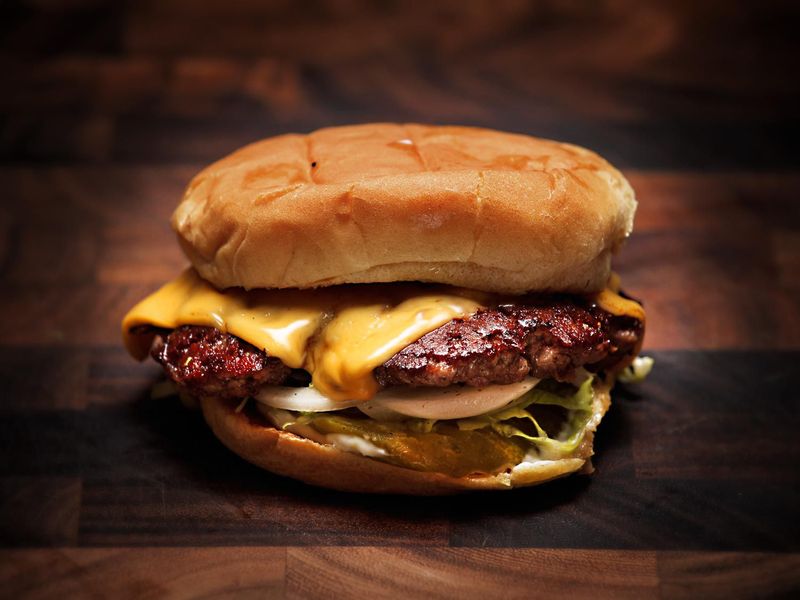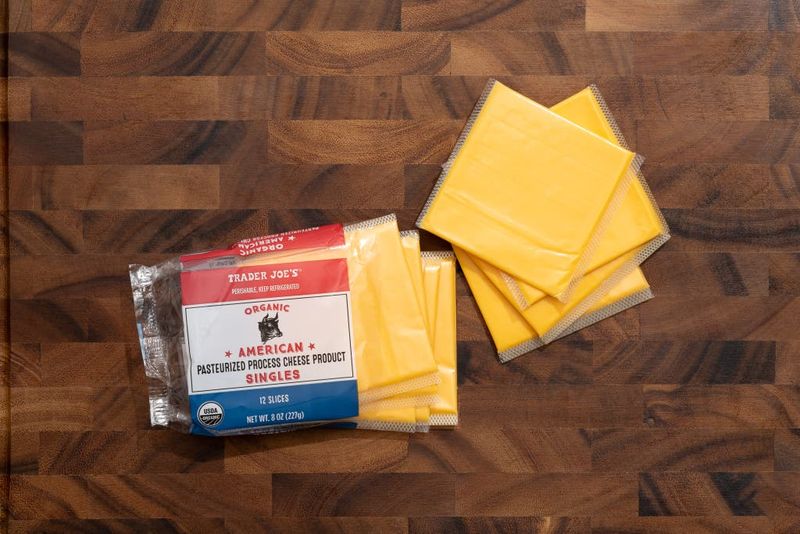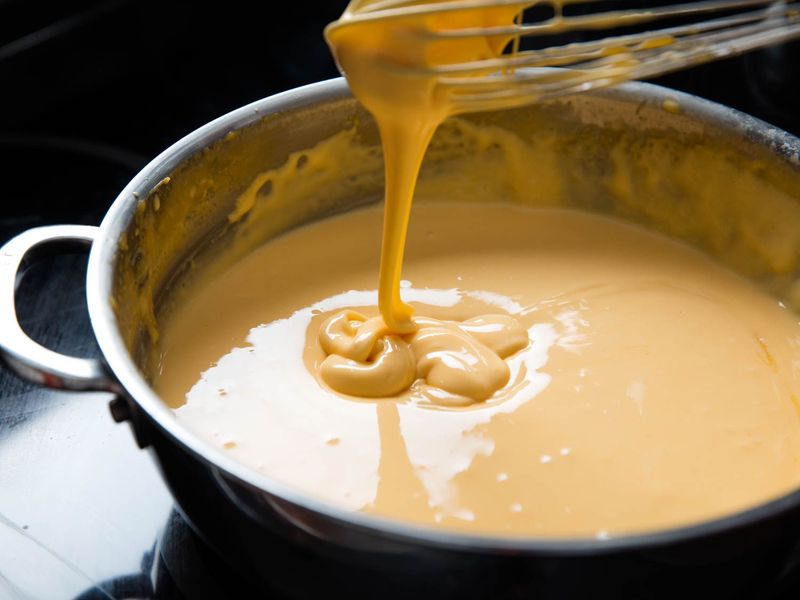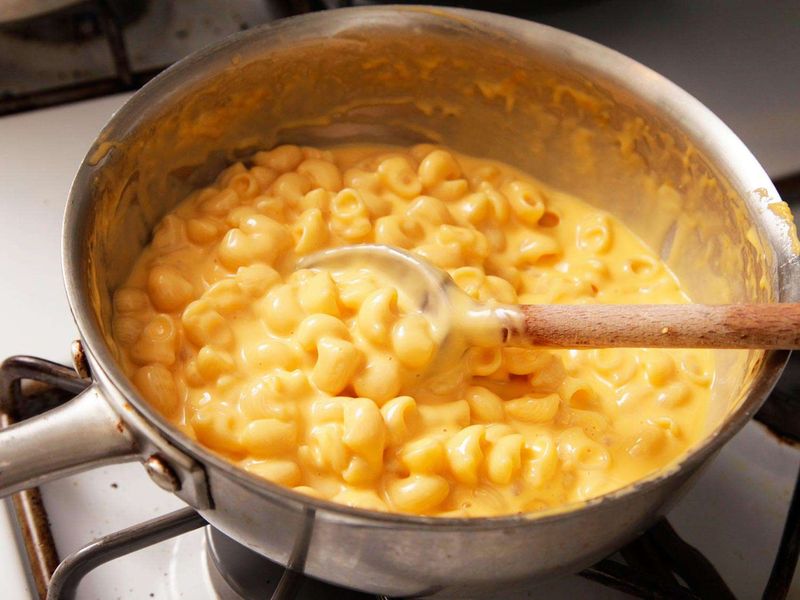That yellow slice melting on your burger might not be what you think it is. American cheese, that staple of childhood grilled cheese sandwiches, actually can’t legally be sold as ‘cheese’ in the US.
Instead, it’s labeled as ‘processed cheese food’ or ‘cheese product’ because it doesn’t meet the legal definition of real cheese.
Let’s unwrap the somewhat bizarre truth about this beloved sandwich staple!
1. Milk Fat Requirements Fall Short

Real cheese needs to contain at least 50% milk fat according to FDA regulations. American cheese typically contains only 20-30% milk fat, falling way below the threshold.
The rest is filled with other ingredients like whey, milk protein concentrate, and preservatives. It’s like calling a cup of mostly water with a splash of coffee a ‘cup of coffee’!
2. Too Many Added Ingredients

Genuine cheese contains simple ingredients: milk, salt, enzymes, and cultures. American cheese? It’s a laboratory of additives including emulsifiers, colorings, and preservatives.
Some varieties contain up to 18 different ingredients! Next time you’re at the grocery store, compare the ingredient list of American cheese with a block of cheddar—you’ll be shocked at the difference.
3. The Moisture Content Mystery

Authentic cheese has strict moisture regulations—too much water and it’s not legally cheese. American cheese contains significantly more moisture than allowed for real cheese classification.
This extra water content gives it that super-melty quality perfect for burgers but disqualifies it from cheese status. The moisture also explains why it never quite dries out like real cheese does.
4. Manufacturing Process Disqualification

Real cheese undergoes aging and culturing processes that develop flavor and texture naturally. American cheese skips these traditional methods entirely!
Instead, manufacturers mix already-made cheeses with emulsifying agents, then heat them until they form a homogeneous mass. This reprocessing technique is why the FDA requires the word ‘processed’ on the label.
5. The Emulsifier Equation

Ever wonder why American cheese melts so perfectly without separating? Thank sodium phosphate and other emulsifiers that aren’t allowed in real cheese.
These additives bind oil and water together, creating that creamy, uniform texture. While convenient for melting, these emulsifiers are precisely what disqualify it from being labeled as authentic cheese under FDA regulations.
6. Legally Required Naming Conventions

Look closely at the packaging—manufacturers must use specific terminology like “pasteurized process cheese food” or “cheese product.” These aren’t marketing choices; they’re legal requirements!
The FDA created these distinct categories in the 1950s to protect consumers from confusing processed products with real cheese. Even “Kraft Singles” carefully avoids calling itself cheese on the package.
7. The Nutritional Profile Paradox

Genuine cheese contains naturally occurring nutrients from milk. American cheese has a wildly different nutritional profile, often with added vitamins to compensate for nutrients lost during processing.
The calcium might be there, but it’s not the same as what you’d get from real cheese. This nutritional manipulation is another reason the FDA won’t let it join the authentic cheese club!

